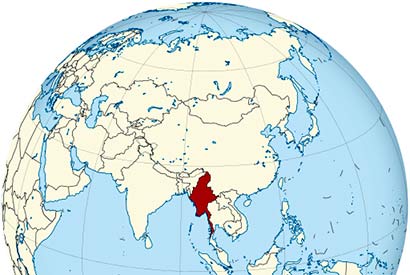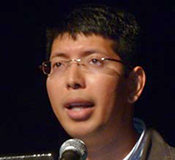There’s less to Burma’s peace process than meets the eye
Negotiators from the Burmese government and ethnic rebel groups are working toward a ceasefire accord that many believe will end Burma's long civil war. Berkeley political science Ph.D. student Min Zin, writing for a Foreign Policy magazine blog, weighs the prospects for long-term peace.

June 4, 2015
Negotiators from the Burmese government and ethnic rebel groups are working toward a ceasefire accord that many believe will end the civil war that has afflicted Burma for more than half a century.

Min Zin
Berkeley political science doctoral student Min Zin, writing for the Foreign Policy magazine blog “Transitions,” takes a look at that process and the prospects of long-term peace.
Signing onto the agreement is just the first step in a long and complicated process, he says. “Ensuring that the signatories live up to their commitments under the ceasefire is going to be a challenge.”
How should a new federal structure allow the regions to share power with the center? “What about policies for disarming, demobilizng and reintegrating rebel fighters, as well as for reforming the Burmese military itself?” These are fundamental questions the peace process needs to address, he writes.
The Burmese president and his team “deserve credit for creating a culture of dialogue where, until recently, only the principle of confrontation reigned,” he says. “So yes, talking is better than shooting. But those involved in the peace process still have plenty of work ahead of them if they want to prevent a return to war.”
Read Min Zin’s opinion piece on the Foreign Policy website.